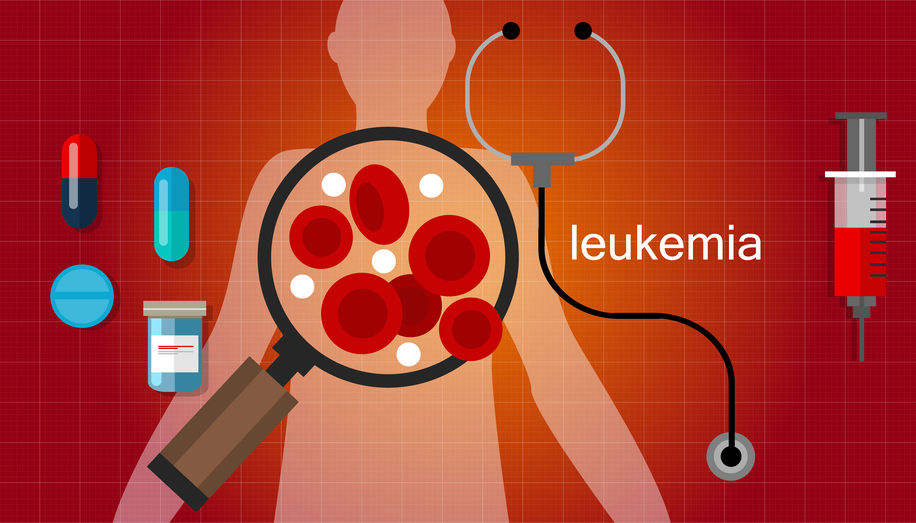
Driver of GVHD after blood stem cell transplantation identified
Swiss, French and German researchers have unraveled a molecular pathway that might be useful to prevent Graft-versus-Host Disease (GVHD) in leukemic recipients of blood stem cell transplants.
The results of the team headed by Sonia Tugues from ETH Zürich solve a paradox in the field of allogenic blood stem cell transplantation – while stem cell transplantion is an effective treatment for certain leukemias, it can also result in GVHD. The potentially life-threatening reaction in which a patient’s immune system attacks the transplanted cells affects 40-60% of leukemia patients undergoing allogeneic hematopoietic cell transplantation (allo-HCT)
In mouse models of allo-HCT the researchers discovered that a GM-CSF was critical to the development of GVHD. The factor, which is produced by T cells derived from donor cells, promoted GVHD by encouraging myeloid immune cells to secrete proinflammatory cytokines, but did not contribute to or compromise graft-versus-leukemia activity in T cells. Furthermore, tissue biopsies from GVHD patients harboured elevated GM-CSF levels compared to samples from healthy controls, and blocking GM-CSF in a mouse model of GVHD had beneficial effects. The authors say that blocking GM-CSF in allo-HCT patients may offer an approach to specifically target cells that promote GVHD without hampering the procedure’s effectiveness against blood cancer.



 Photo from Shawn Day on Unsplash
Photo from Shawn Day on Unsplash 